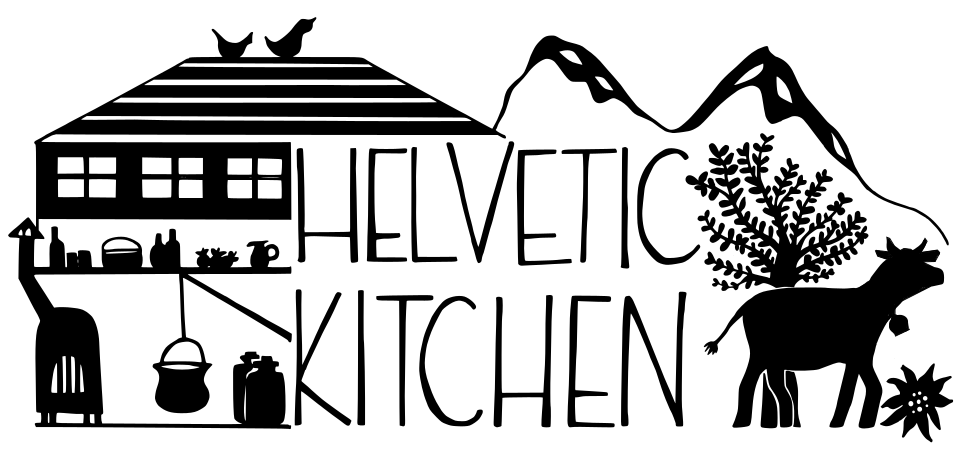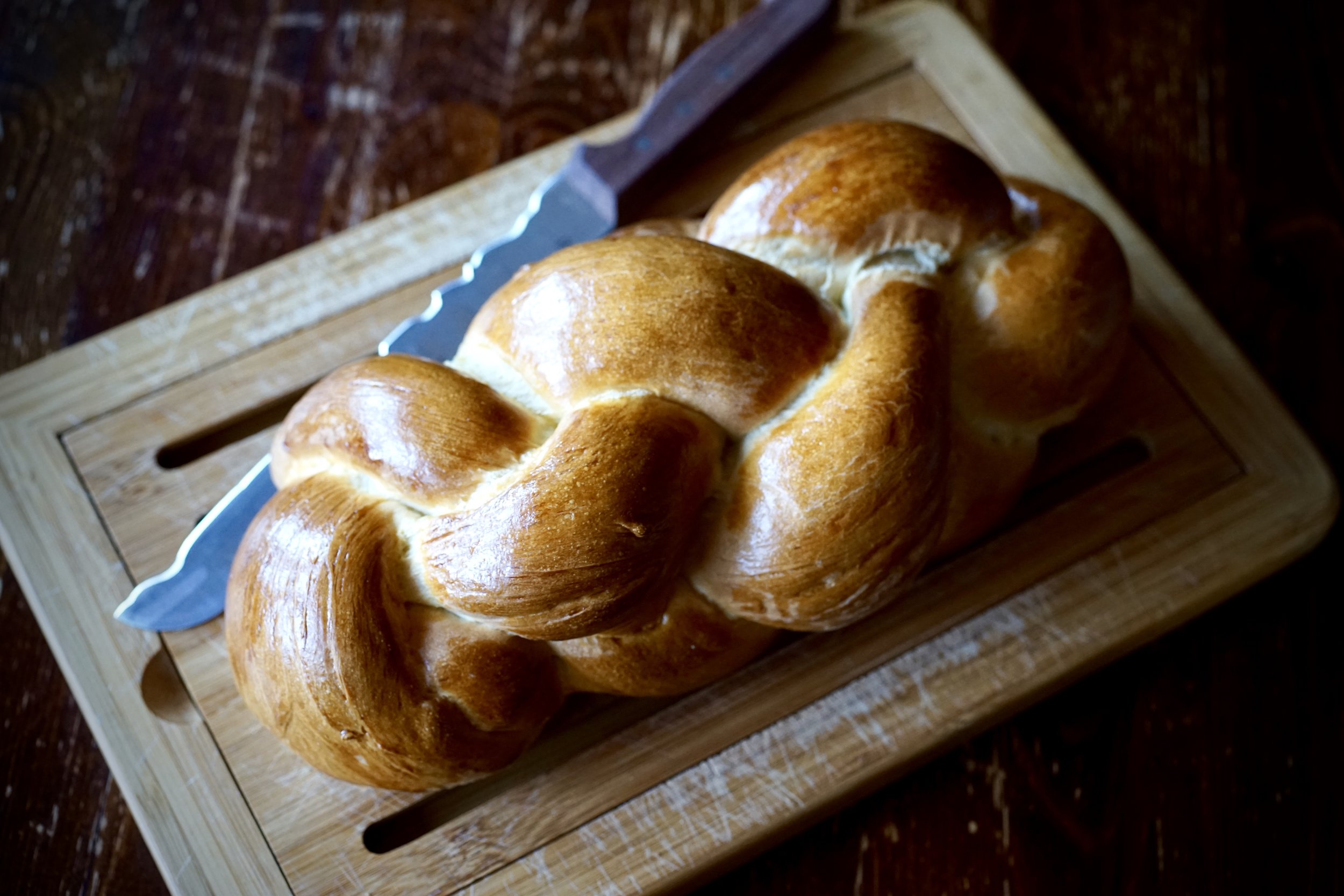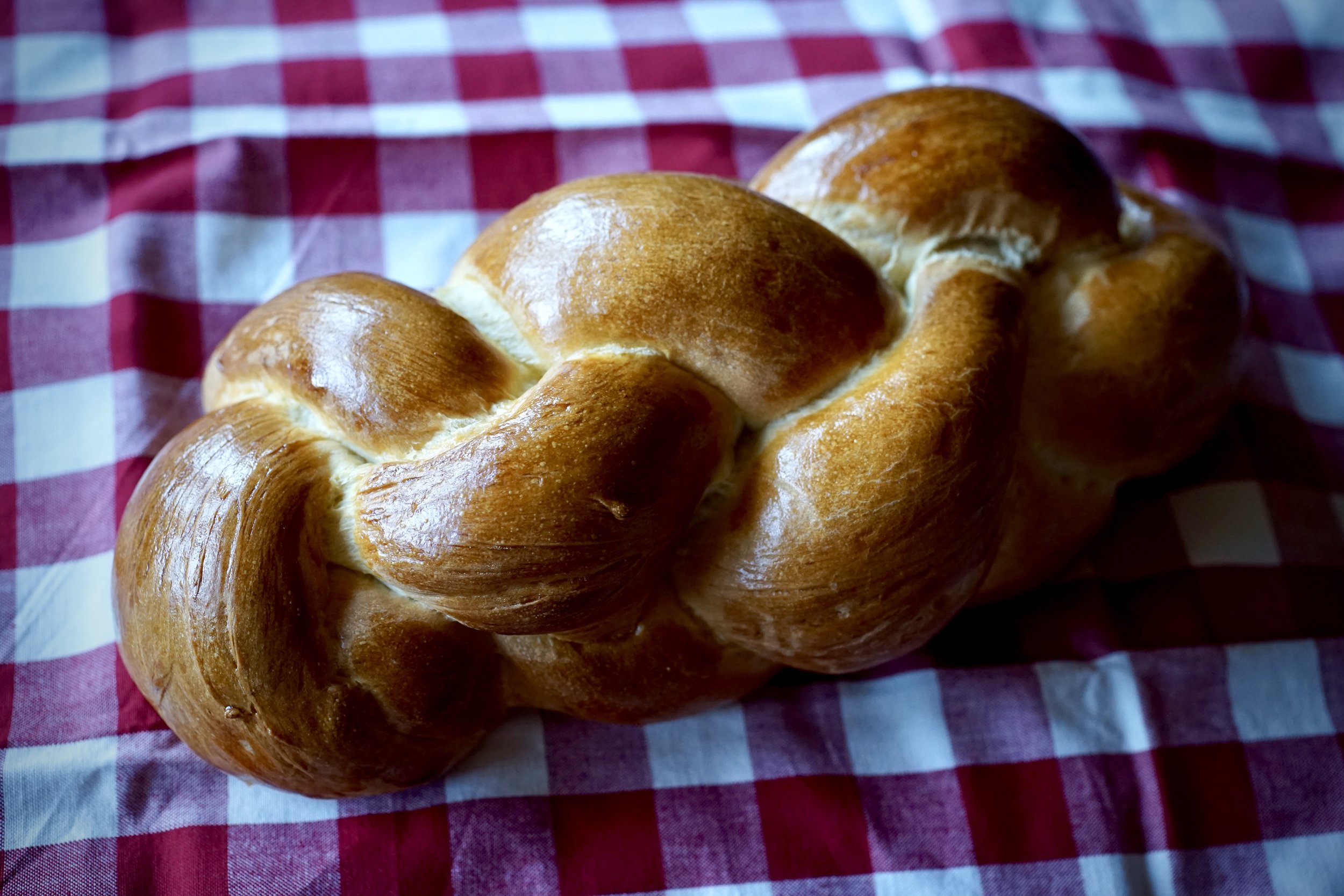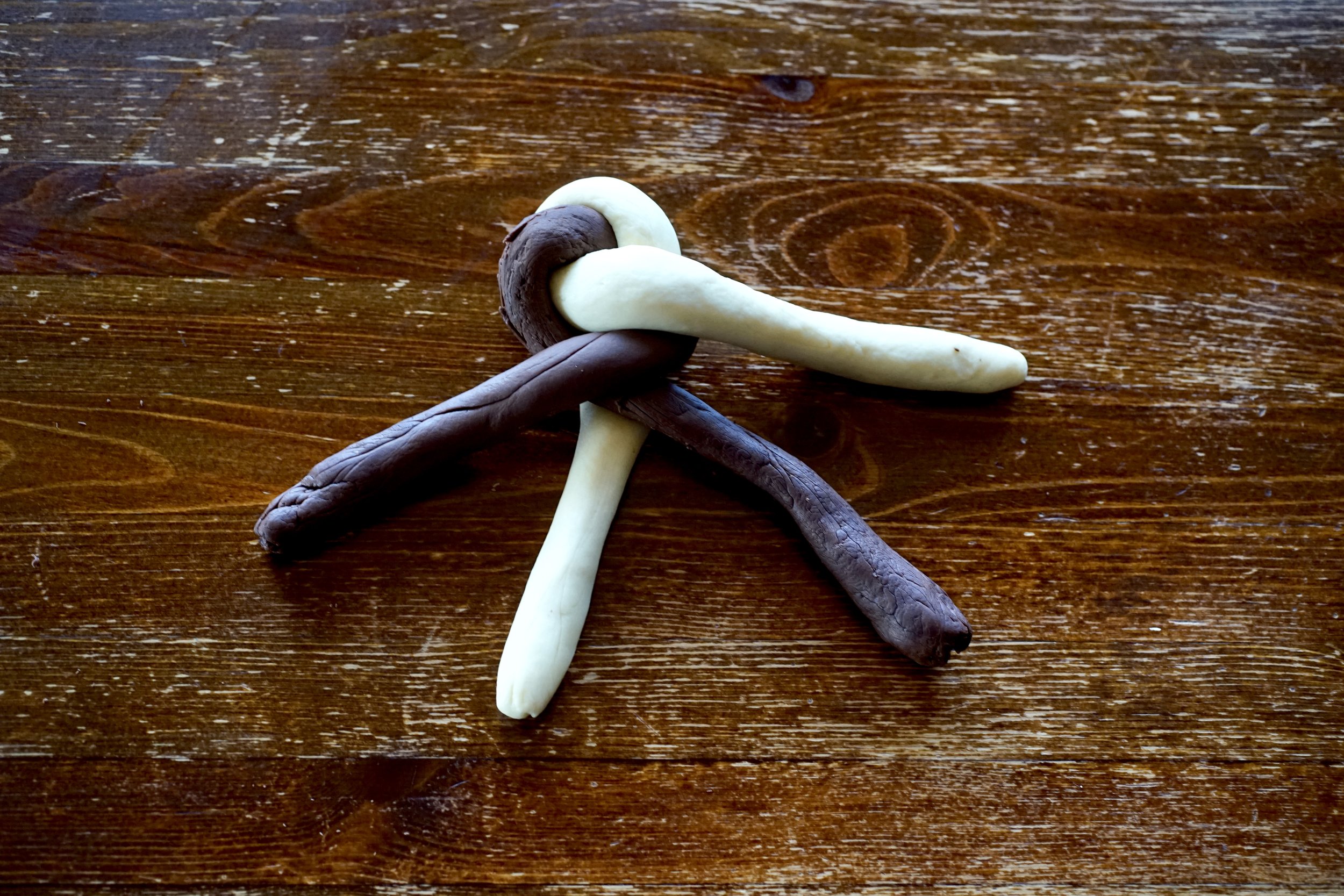Zopf, a history
Ever-present in Swiss breadboxes and on Sunday breakfast tables is the plaited, golden Zopf / Tresse / Treccia, whose name literally means ‘braid’ in German, French, and Italian.
Zopf, a history
Braided bread has been around for centuries and legends and folklore about it abounds. It was thought that in some ancient societies if a married man died, it was the duty of his wife to follow him to the grave and be buried at his side. Later, the actual wife was replaced with a braid of her hair, which eventually became a loaf of braided bread.
Züpfe
Bernese bakers began making Zopf, or Züpfe as they call it, in the late Middle Ages. By this time the ancient burial traditions had likely long been forgotten and the golden braids were simply a beautiful addition to the table. By law, Bernese bakers could only produce Züpfe for the feast day of St Thomas and New Year’s Day, but in 1629 they petitioned the government and were granted the right to make it all year round.
As big as a year-old child...
Züpfe is particularly beloved in the Emmental, where restaurants and bakeries still offer giant golden loaves that you can buy by the metre.
Züpfe makes some memorable appearances in the works of the famous Emmental novelist Jeremias Gotthelf. He mentions it in his classic allegorical horror story, The Black Spider, written in 1842 (and easily one of the most terrifying books I've read —at one point, spiders spray from a pulsating sore on a woman's face):
Neben den Käse stellte sie die mächtige Züpfe, das eigentümliche Berner Backwerk, geflochten wie die Zöpfe der Weiber, schön braun und gelb, aus dem feinsten Mehl, Eiern und Butter gebacken, groß wie ein jähriges und fast ebenso schwer...
Next to the cheese, she put the mighty Züpfe, that singular Bernese baked good, braided like a woman’s hair, beautifully brown and yellow, baked from the finest flour, eggs and butter, as big as a year-old child and almost as heavy…
Want to learn more about Zopf?
Further reading:
The Culinary History of Switzerland/Kulinarisches Erbe der Schweiz (in French, German, Italian): Zopf
Swiss Bread (French and German): Zopf und Züpfe









